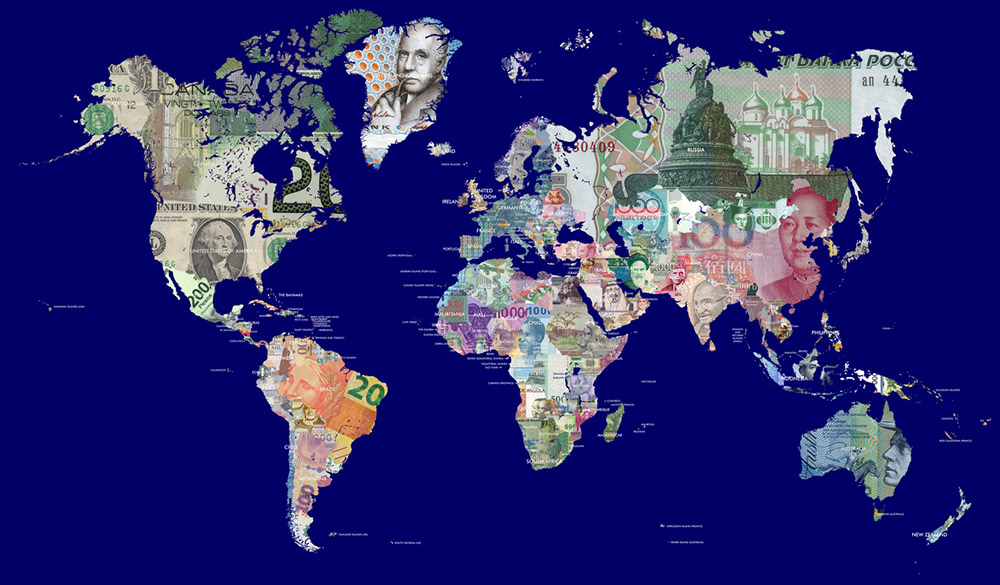
To identify new markets and potential opportunities, or eliminate unsuitable markets, researchers should first examine macroeconomic data. Macroeconomics refers to research into the overall aspects of a country’s economy, including income, national output and the interrelationship between economic sectors.
The economic characteristics of an international market are conditions that organizations cannot control. If an organization cannot contend with these characteristics, or if the characteristics mean that a product or service is unlikely to be suitable for that country, then the market can be discounted as an opportunity or the organization can investigate methods of adapting to the market.
The macroeconomic features of a potential host country can be divided into several areas for research:
1. Gross national product (GNP)
The market value of all final goods and services produced by the nationals of a country in an annual time frame. GNP is often used as a measure of the size of a country’s economy, and incorporates income derived from overseas activity.
2. Gross domestic product (GDP)
The market value of all final goods and services produced in a country or region in an annual timeframe. GDP per capita is often used as a measure of the standard of living in a country.
3. Purchasing power parity (PPP)
Compares the purchasing power of different currencies in their domestic countries and is often used as an alternative to GDP figures for measuring the standard of living in a country. PPP is calculated using the amount of domestic currency needed to purchase a similar collection of goods in different countries.
4. Household disposable income
This is the average amount a household in a country has to spend after taxes and payment of essential items, such as housing costs and utilities.
Looking to determine if your new trade opportunities are viable? Check out the FITTskills Feasibility of International Trade online course!
5. Market size
The market’s total number of buyers. The larger a country’s population, the larger the potential customer base.
6. Market potential
Describes how many people or businesses in a country could realistically be expected to purchase a product or service.
7. Market resources
The presence of natural resources in a country will have an impact on international business success. The presence of resources such as oil, soil, timber and minerals increases a country’s wealth and leads to increased development of infrastructure.
It is also important for exporters to consider the geography and climate of a potential market country, because both have an impact on the transportation of goods and dictate which products or services are likely to be purchased.
For organizations considering sourcing goods from an international market or setting up a production site in a foreign county, the presence of resources needed for production processes will be essential for success.
8. Market activity
In some cases, organizations will need to investigate the major economic industries present in a specific country. For example, an organization wishing to sell building machinery might need to check whether a potential market has its industry centered on agriculture rather than industry.
9. Infrastructure
A country’s infrastructure, such as the transportation network, the distribution of cities and major centers, and the extent of the national power supply, will have an impact on the distribution of goods or services and the costs involved with distribution.
In some cases, this information will also indicate a need to adapt a product or service (because the supply of electricity is intermittent, for example), or will indicate the unsuitability of exporting to that market.
Information about a country’s infrastructure will also give an idea of how effective business communications might be (for instance, the availability of telephone, Internet and mail services) and how easy it will be to travel to the country for meetings and to monitor business activities.
10. Urbanization
The amount of urbanization in a country is a measure of that country’s demand for certain goods and services and its income levels. In general, workers in urban areas are paid higher wages than workers in rural areas.






very useful